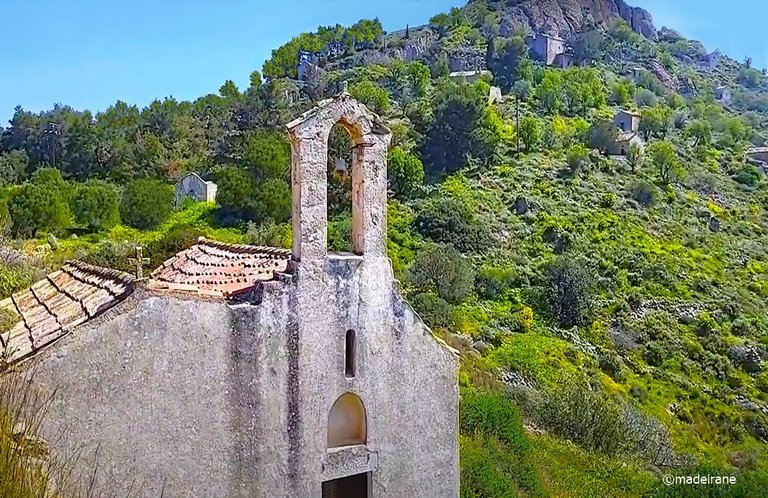
Aegina island, an island with beautiful azure shores and amazing landscapes, ancient temples and wonderful locals about which I already wrote in my last post. And today, I want to share my impressions of visiting one unique place on the island of Aegina - the ancient city of Palaiochora.

Palaiochora, which means "old town" in translation, is a beautiful valley surrounded by mountains, located not far from the capital of the island, a few kilometers away.
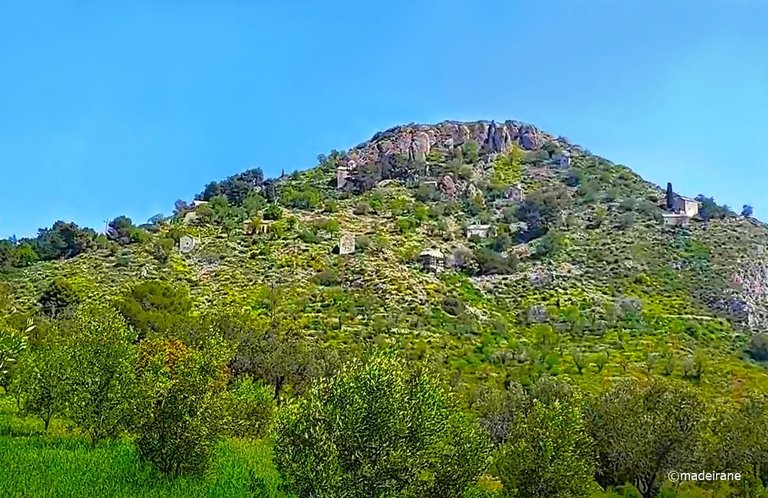
If you are bold enough, you can walk to this amazing place. But we didn't engage in heroism under the hot sun and got there by bus without any problems. Then we followed some signs and we were there.
Palaiochora first of all is an interesting site for its ancient buildings. According to legend, there were 365 temples here, one for each day of the year.
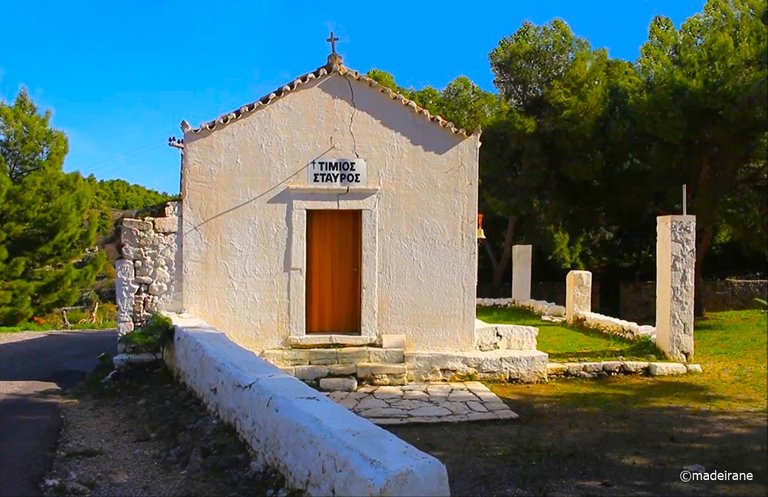
The temples located in the valley at the foot of the mountain have practically not survived. Today, you can see about 40 surviving churches just on the mountain slope.
And our main goal was to slowly walk around all the surviving buildings, look into each one if possible and feel the spirit of the ancient city. Each temple bore the name of its saint, and it turned out that each day of the year was dedicated to its saint, with prayers and obligatory solemn service.
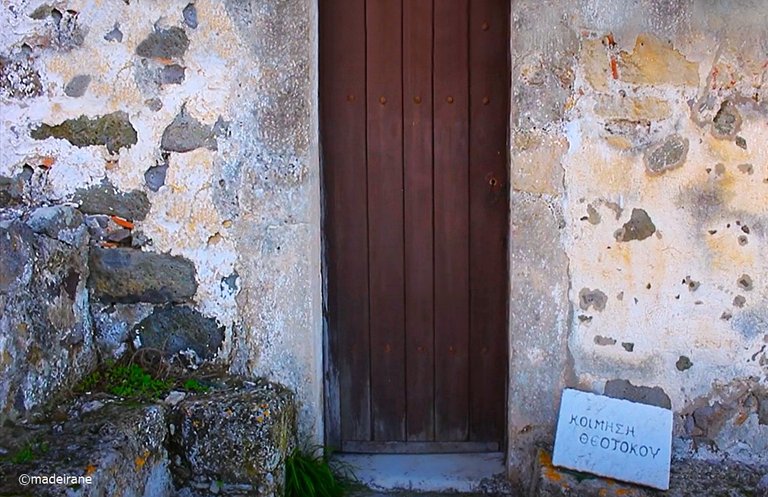
And now, near each temple, there is always a white marble plaque indicating the name of the saint in whose honor the church was built and consecrated.


We dressed properly for this trip, in comfortable sports shoes, wearing hats, water and sun protection. And we were right: if at the beginning of the journey, at the foot of the mountain, the road was more or less like a road, as we climbed to the top, the path was lost. We had to make our way through thorny thickets, skid on stones crumbling underfoot - sometimes it was really dangerous for life.
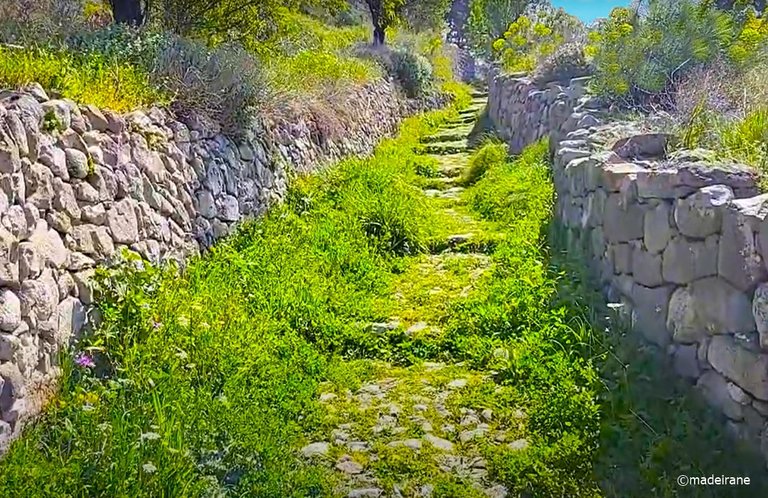
But we steadily climbed higher and higher, from church to church. The aromas of herbs, the chirping of cicadas, the warm sea breeze, and the breathtaking views gave strength and did not allow one to relax.
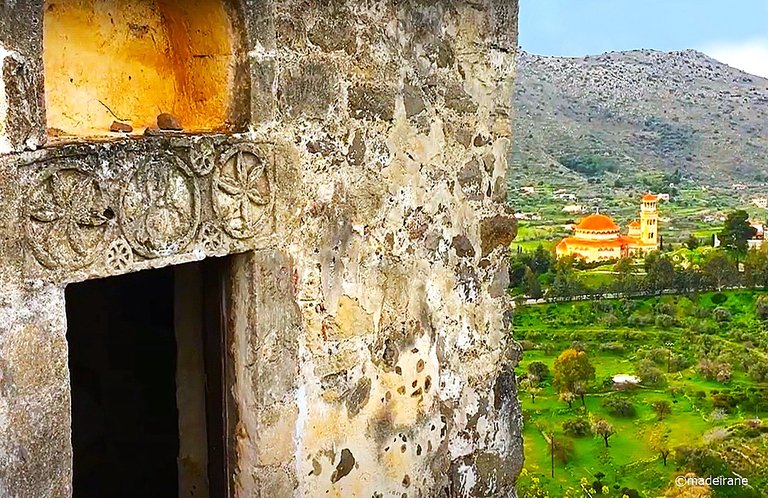
Some of the churches are in a dilapidated state, without a roof and doors. Others are preserved, but locked, some can be entered, they are open to anyone who wants to look. Of course, we were happy to took advantage of such a unique opportunity to visit the temples built in 13th-18th centuries.
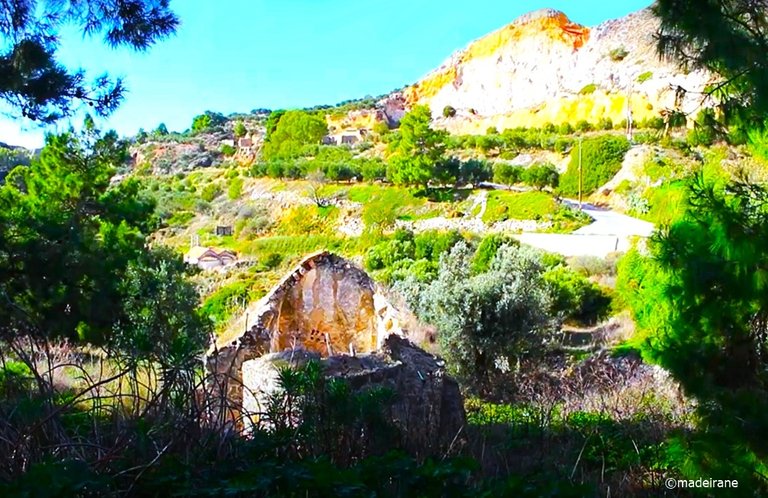
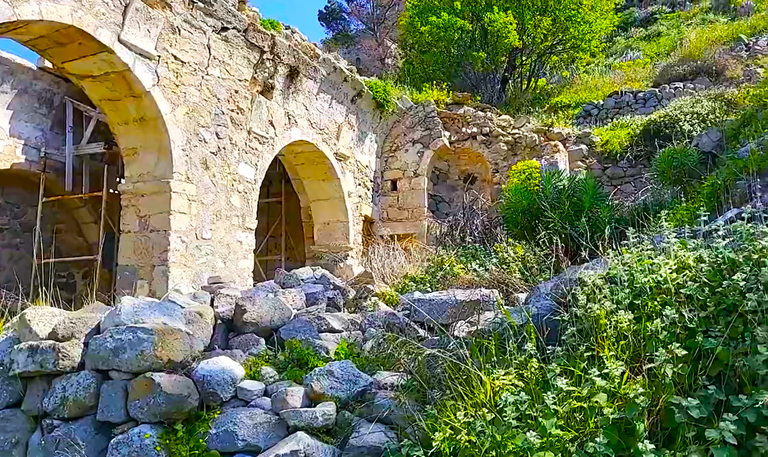
Moreover, some of them are in quite good condition. Thick stone walls, smoked ceilings are painted with magnificent ancient frescoes, windows are like a portal to another dimension.
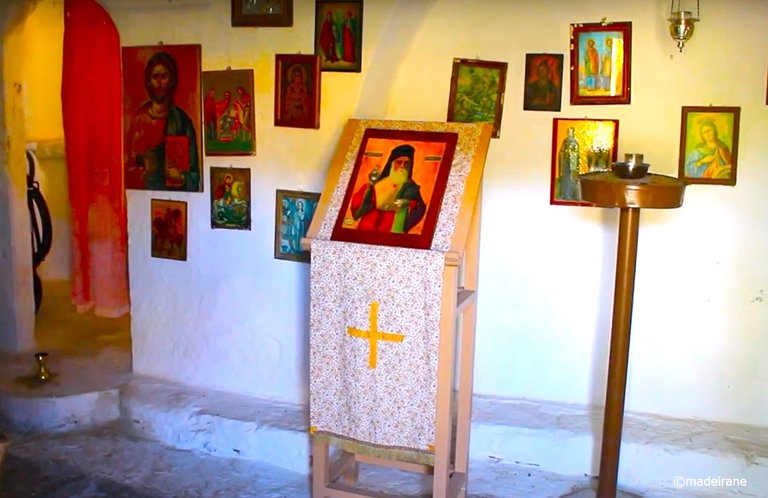
The surviving churches are regularly visited by local residents, and the temples are looked after. The altar is decorated with simple icons, often theybare made of paper. On the table there are oil lamps, there were even burning and new candles, and matches nearby. Sometimes there is a donation dish, in which you can see cents and euros. The floors are clean and swept - there is a broom in the corner, as a rule, there is a bench or chairs.
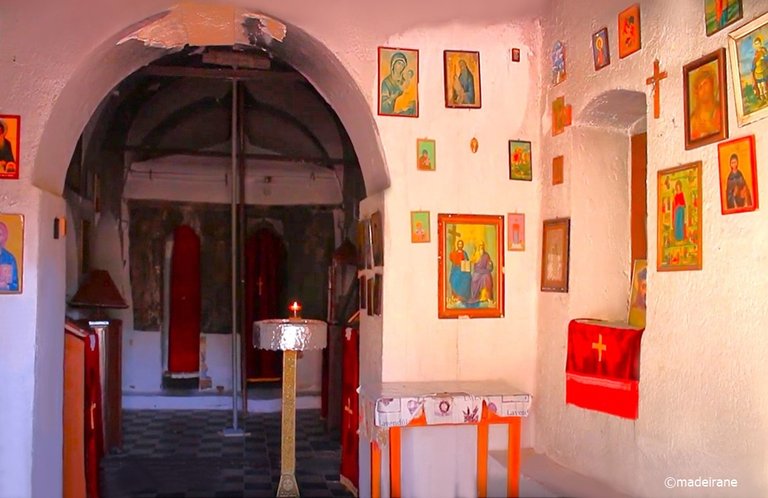
The atmosphere is amazing when you are in such an ancient and holy place, in an empty temple, standing alone with yourself and your conscience, thinking about what you are in this world and why you live. And you don’t need to deceive anyone and seem better. It won’t help here.
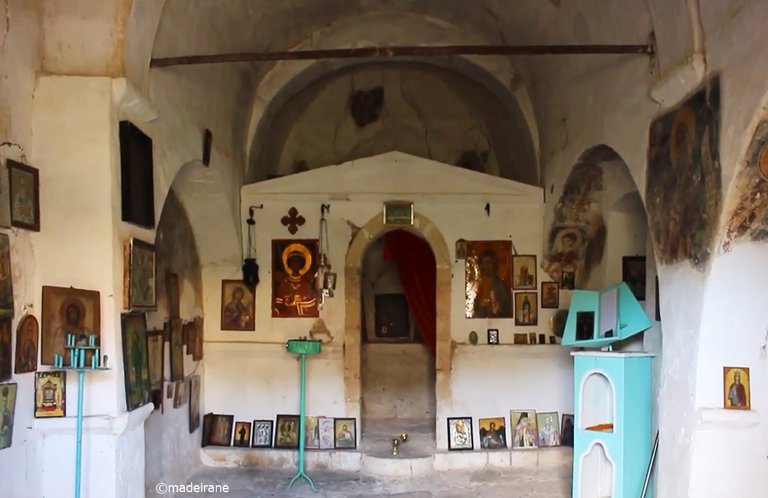
By the way, during our entire stay at Palaiochora, we met 4 women on the mountainside and greeted each of them. These were local residents who were each heading to their own temple to pray, think, calm down, clean up their temple and their souls...
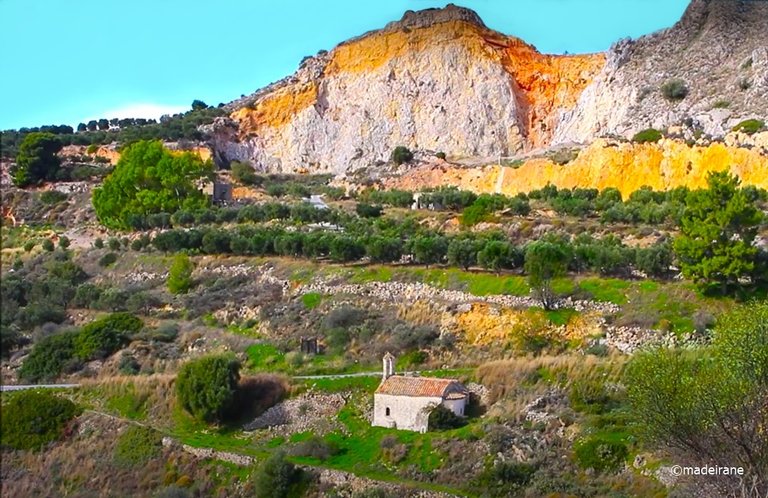
It is impossible to find two identical temples. They are all different. But they are equally beautiful, even without roofs, bells and crosses. Sometimes you can see the remains of columns and stone bowls.

I asked myself: why were temples and structures built on a mountain, at such a height, when there is a lot of fertile land on the plain, not far from the sea?
It turns out that such a distance from the sea provided local residents with protection from raids and robberies of various conquerors and Arab pirates. The slopes of the mountain camouflaged the buildings well and protected them from strong winds from the sea. And the observation point is excellent.

Standing at the top, you feel it in full. From the height of Palaiochora, as if from an observation deck, all the surroundings are clearly visible, as if on the palm of your hand: the azure sea, the coast, olive groves, winding roads, the white buildings of the monastery of St. Catherine, the red roof of the monastery of St. Nektarios of Aegina - a place that is sacred for pilgrims not only from Greece, but also from all over the world.
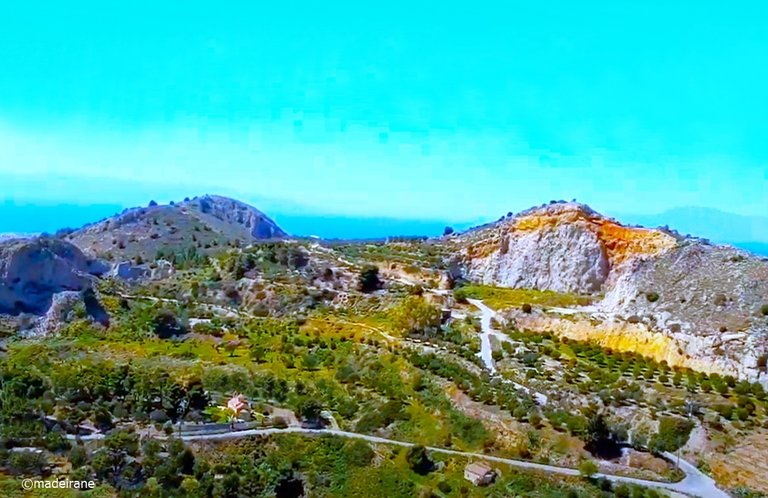
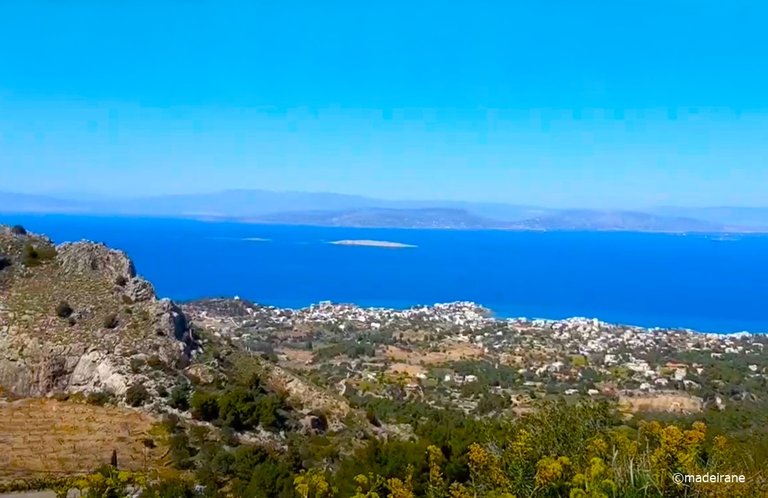
Since the 9th century, when the first settlements were formed, the main part of the island's population has lived in Palaiochora. And up until the 19th century, Palaiochora was the capital of the island, until the city was destroyed once again, this time by the Venetians. Residents began to move to more convenient places for living and farming, inland or to the coast. Still, the main occupation of the locals remained fishing and seafaring.

And now we see what remains after the city, alive for several centuries, became empty - the ruins of Byzantine and post-Byzantine churches and chapels. The city is dead, but its breath and pulse can be felt without any devices. A place that has been prayed to for centuries...
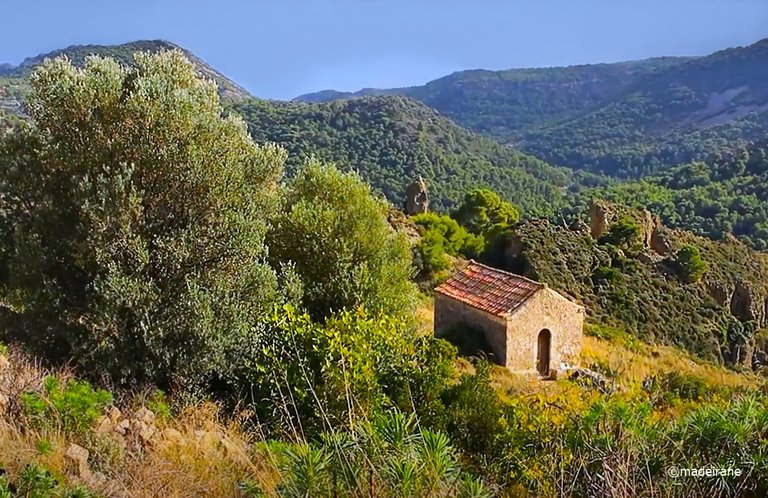
They say that in spring, when the grass is blooming, it is especially amazing here. I dream of going there at least once more, sometime in this life, because the impressions are beyond description. I wish you to see Palaiochora with your own eyes.
💝💝💝💝💝💝💝💝💝💝
With love @madeirane
Photos are taken by me.
© 2024
I would love to visit there!

!INDEED